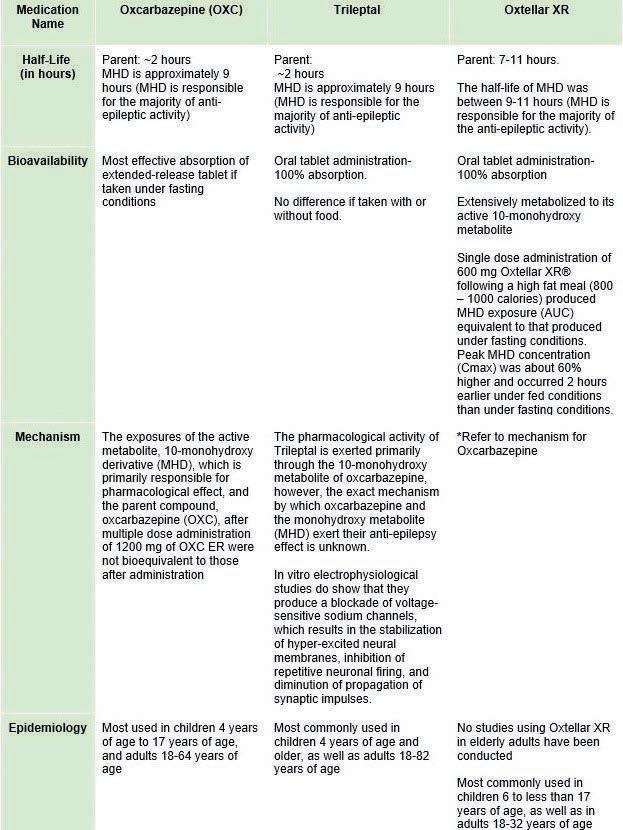Scholarly Research In Progress • Vol. 5, November 2021
Differences in Multiple and Single-Drug Arrests by the Maine Diversion Alert Program (DAP) Maaz Siddiqui1, John Piserchio2†‡, Misha Patel2†‡, Jino Park2†‡, Michelle Foster3, Clare E. Desrosiers3, John Herbert3, Stephanie D. Nichols4, Kenneth McCall4, and Brian J. Piper2,5 ¹The University of Scranton, Scranton, PA 18510 ²Geisinger Commonwealth School of Medicine, Scranton, PA 18509 ³Diversion Alert, Houlton, Maine 04730 4 University of New England, Portland, Maine 04103 5 Center for Pharmacy Innovation and Outcomes, Forty Fort, PA 18704 † Doctor of Medicine Program ‡ Authors contributed equally Correspondence: siddiquim40@gmail.com
Abstract
Introduction
Background: Much of the blame of the increasing death toll by drug overdoses has justifiably been attributed to the United States’ current opioid epidemic. However, nearly 80% of overdoses related to opioids involve another drug substance or alcohol. The objective of this study was to elucidate overrepresentation of drugs in polypharmacy arrests by identifying drugs that were more likely to be found in conjunction with other substances, using the drug arrest data provided by the Maine Diversion Alert Program (DAP).
Deaths attributed to drug overdose in the United States (U.S.) have continued to rise over the last 20 years, resulting in over 70,000 deaths in 2019 alone. Although much of the focus has rightfully been placed on the opioid drug class, deeper investigations into the patterns of drug misuse have exposed a multitude of other drug classes that contribute to overdose-related deaths, including stimulants such as cocaine and methamphetamine, depressants such as benzodiazepines, and even antidepressants (1). In fact, toxicology studies of all synthetic opioid-related overdose deaths in 2016 showed that nearly 80% of the death involved another drug or alcohol (2). Polysubstance drug use is becoming increasingly common in the US. An analysis of 2,244 opioid overdose-related deaths in Massachusetts showed that 36% of the deaths involved a stimulant and 46% involved a non-stimulant substance (3). Only 17% of the 2,244 deaths involved solely an opioid. In 2018, there were over 16,000 drug overdose deaths in 24 states and Washington D.C., a third of which included both opioids and stimulants. Polysubstance misuse and addiction continue to impact millions of American’s every day and new information is needed to develop tools to combat this pervasive public health crisis.
Methods: Single drug arrest and multiple drug arrest totals reported to the DAP from June 2013 to early 2018 were examined. Drugs involved in the arrests were classified by Drug Enforcement Administration Schedule (I–V or noncontrolled prescription) and categorized into five drug families: hallucinogens, opioids, sedatives, stimulants, and miscellaneous. Multiple drug arrest totals were compared to single drug arrest totals to create a multiple-to-single ratio (MSR) specific to each drug family and each drug. Chi-square was used to determine statistical significance through GraphPad’s 2x2 contingency tables. Results: Over three-fifths (63.8%) of all arrests involved a single drug. Opioids accounted for over half (53.5%) of single arrests, followed by stimulants (27.7%) and hallucinogens (7.7%). Similarly, nearly two-fifths (39.6%) of multiple arrests were opioids, followed by stimulants (30.8%) and miscellaneous (13.0%). Miscellaneous family drugs were recorded with the highest multiple-to-single ratio (1.51), followed by sedatives (1.09), stimulants (0.63), opioids (0.42), and hallucinogens (0.35). Carisoprodol (8.80), amitriptyline (6.34), and quetiapine (4.69) had the highest MSR values and therefore were the three most overrepresented drugs in polysubstance arrests. Conclusion: The abuse of opioids, both alone and in conjunction with another drug, deserves continued surveillance in public health. In addition, common prescription drugs with lesserknown misuse potential, especially carisoprodol, amitriptyline, and quetiapine, require more attention by medical providers for their ability to enhance the effects of other drugs or to compensate for undesired drug effects.
248
The Maine Diversion Alert Program (DAP) was an informational resource that facilitated communication about drug arrests between the criminal justice and healthcare fields (4–10). An annual DAP report made the counterintuitive finding that non-controlled pharmaceuticals were more likely to be involved in arrests that involved other drugs (11). The objective of this study was to elucidate overrepresentation of drugs in polypharmacy arrests by identifying the specific drugs that were more likely to be found with other substances. The DAP previously identified some drugs not commonly thought to have pronounced addictive profiles, such as gabapentin, which is now considered a controlled substance in some states (12). Substance use disorders are complex, and we hypothesized that a variety of agents, perhaps even those less commonly thought to contribute to substance use disorders (e.g., amitriptyline, carisoprodol, quetiapine), would be found in combination with other more common illicit drugs like heroin and cocaine. This hypothesis was based on the premise that












































